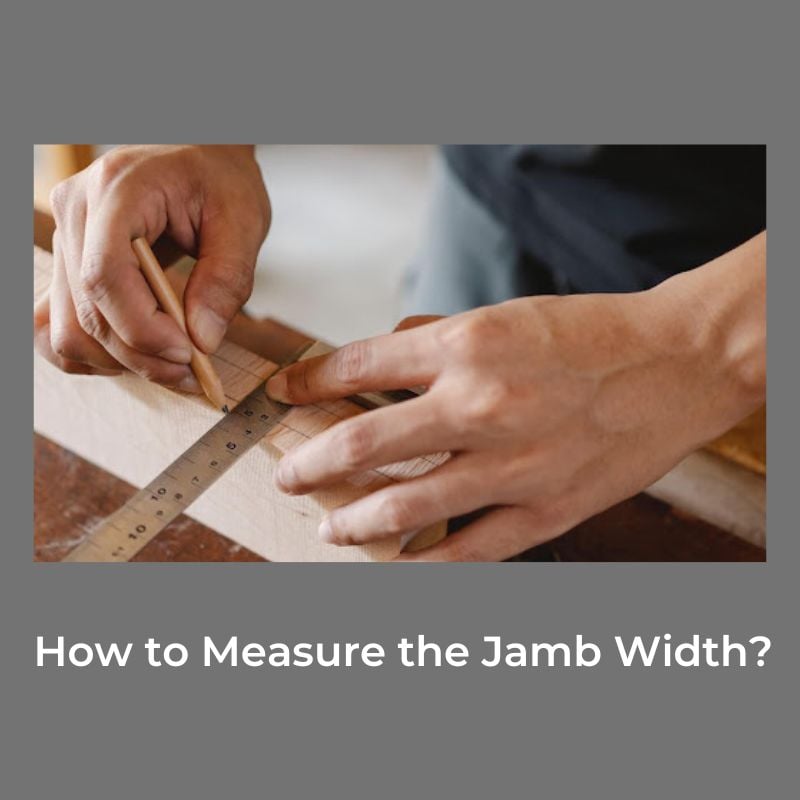JavaScript seems to be disabled in your browser. For the best experience on our site, be sure to turn on Javascript in your browser.
Сatalog
Our Showrooms
Our showrooms
In case you want to see the product range personally before purchasing, you can also make an appointment at our showroom/warehouse by filling out the form below
Showroom & Pick-Up, Bayonne, NJ
8 New Hook Rd, Bayonne, NJ, 07002
Open now
Showroom & Pick-Up, Brooklyn, NY
2747 Coney Island Ave, Brooklyn, NY, 11235
Open now
Showroom & Pick-Up, Staten Island, NY
3000 Richmond Terrace, Staten Island, NY, 10303
Open now
Showroom & Pick-Up, Farmingdale, NY
1290 Broadhollow Rd, Farmingdale, NY, 11735
Open now
Showroom & Pick-Up, Miami, FL
16779 N Miami ave., North Miami Beach, FL, 33169
Open now
Showroom, Boca Raton, FL
6401 E Rogers Cir, Boca Raton, FL, 33487
Open now
Showroom, Fort Lauderdale, FL
917 NE 62nd Ct, Fort Lauderdale, FL, 33334
Open now
Showroom & Pick-Up, Huntingdon Valley, PA
609 County Line Rd, Huntingdon Valley, PA, 19006
Open now
Showroom & Pick-Up, Houston, TX
6355 S Peek Rd, Unit 600, Richmond, TX, 77407
Open now
Showroom & Pick-Up, Chicago, IL
2154 Randall Rd, Carpentersville, IL, 60110
Open now
Showroom, River Grove, IL
2801 N Thatcher, River Grove, IL, 60171
Open now
Showroom & Pick-Up, Albuquerque, NM
3540 Pan American Fwy NE, Ste C, Albuquerque, NM, 87107
Open now
Showroom & Pick-Up, San Jose, CA
1724 Junction Ave d, San Jose, CA, 95112
Open now
Showroom & Pick-Up, Scottsdale, AZ
15475 N Greenway Hayden Loop, Scottsdale, AZ, 85260
Open now
Showroom, Sandy, UT
834 E 9400 S #65, Sandy, UT, 84094
Open now
Showroom, Springfield, NJ
55 US -22, Springfield, NJ, 07081
Opening Soon
Showroom, Port Jarvis, NY
84 Front Street, Port Jervis, NY, 12771
Opening Soon
Showroom, San Bruno, CA
1230 El Camino Real, San Bruno, CA, 94066
Opening Soon
Warehouse & Showroom, Santa Fe Springs, CA
12631 Allard St, Santa Fe Springs, CA, 90670
Opening Soon
Working hours





